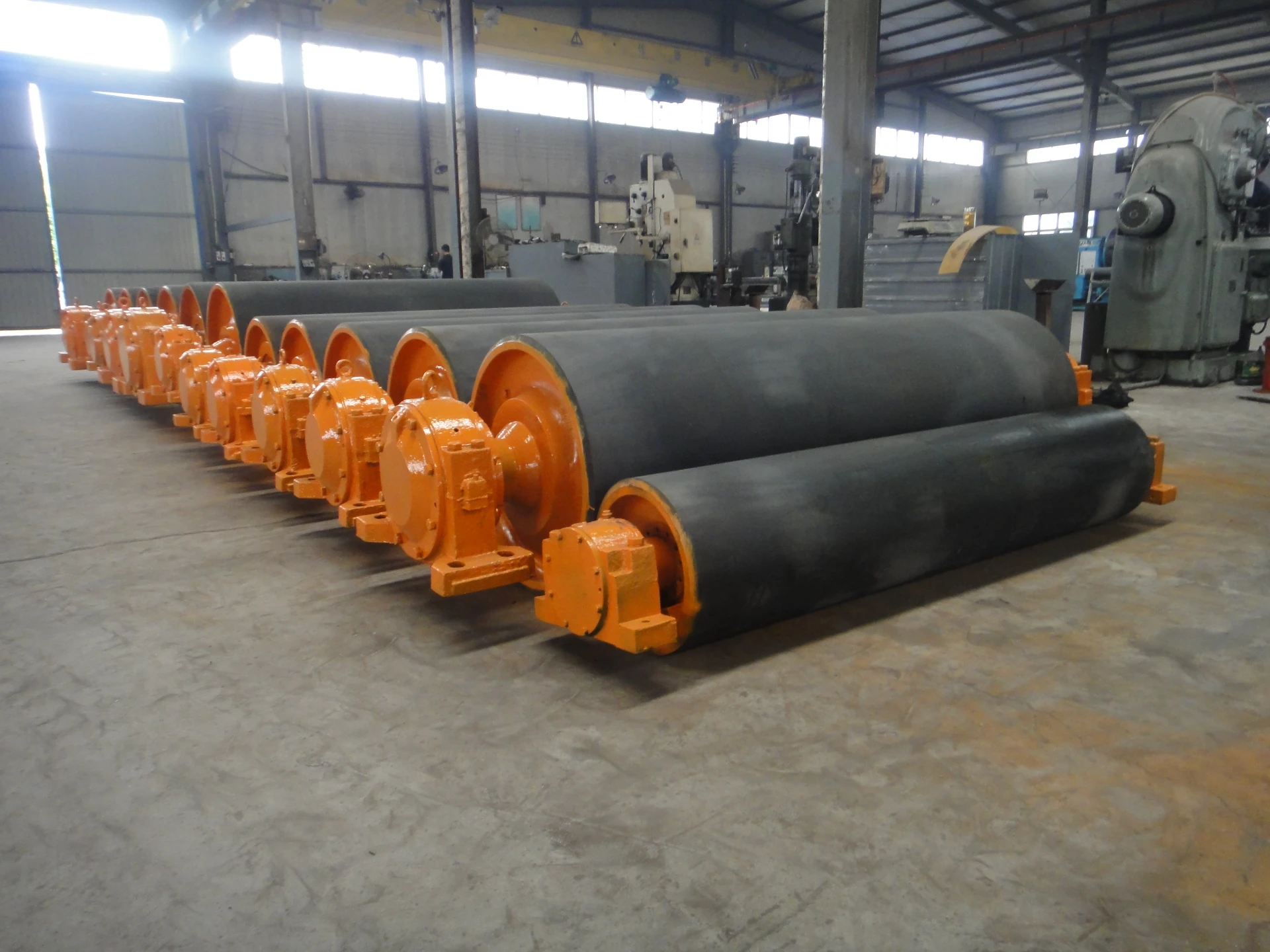 Afrikaans
Afrikaans  Albanian
Albanian  Amharic
Amharic  Arabic
Arabic  Armenian
Armenian  Azerbaijani
Azerbaijani  Basque
Basque  Belarusian
Belarusian  Bengali
Bengali  Bosnian
Bosnian  Bulgarian
Bulgarian  Catalan
Catalan  Cebuano
Cebuano  Corsican
Corsican  Croatian
Croatian  Czech
Czech  Danish
Danish  Dutch
Dutch  English
English  Esperanto
Esperanto  Estonian
Estonian  Finnish
Finnish  French
French  Frisian
Frisian  Galician
Galician  Georgian
Georgian  German
German  Greek
Greek  Gujarati
Gujarati  Haitian Creole
Haitian Creole  hausa
hausa  hawaiian
hawaiian  Hebrew
Hebrew  Hindi
Hindi  Miao
Miao  Hungarian
Hungarian  Icelandic
Icelandic  igbo
igbo  Indonesian
Indonesian  irish
irish  Italian
Italian  Japanese
Japanese  Javanese
Javanese  Kannada
Kannada  kazakh
kazakh  Khmer
Khmer  Rwandese
Rwandese  Korean
Korean  Kurdish
Kurdish  Kyrgyz
Kyrgyz  Lao
Lao  Latin
Latin  Latvian
Latvian  Lithuanian
Lithuanian  Luxembourgish
Luxembourgish  Macedonian
Macedonian  Malgashi
Malgashi  Malay
Malay  Malayalam
Malayalam  Maltese
Maltese  Maori
Maori  Marathi
Marathi  Mongolian
Mongolian  Myanmar
Myanmar  Nepali
Nepali  Norwegian
Norwegian  Norwegian
Norwegian  Occitan
Occitan  Pashto
Pashto  Persian
Persian  Polish
Polish  Portuguese
Portuguese  Punjabi
Punjabi  Romanian
Romanian  Russian
Russian  Samoan
Samoan  Scottish Gaelic
Scottish Gaelic  Serbian
Serbian  Sesotho
Sesotho  Shona
Shona  Sindhi
Sindhi  Sinhala
Sinhala  Slovak
Slovak  Slovenian
Slovenian  Somali
Somali  Spanish
Spanish  Sundanese
Sundanese  Swahili
Swahili  Swedish
Swedish  Tagalog
Tagalog  Tajik
Tajik  Tamil
Tamil  Tatar
Tatar  Telugu
Telugu  Thai
Thai  Turkish
Turkish  Turkmen
Turkmen  Ukrainian
Ukrainian  Urdu
Urdu  Uighur
Uighur  Uzbek
Uzbek  Vietnamese
Vietnamese  Welsh
Welsh  Bantu
Bantu  Yiddish
Yiddish  Yoruba
Yoruba  Zulu
Zulu Types of Rollers Used in Belt Conveyor Systems Explained
Understanding Belt Conveyor Roller Types
Belt conveyors are a fundamental component of many industries, facilitating efficient material handling operations. At the heart of these systems are conveyor rollers, which play a crucial role in supporting and guiding the conveyor belt. The types of rollers used can significantly impact the efficiency, performance, and lifespan of the entire conveyor system. In this article, we will explore the various types of belt conveyor rollers, their functions, and their importance in industrial applications.
Overview of Conveyor Rollers
Conveyor rollers are cylindrical components that help in the movement of the conveyor belt. They bear the weight of the transported materials and reduce friction, allowing for smoother operation. There are several types of conveyor rollers, each designed for specific functions and applications, including idler rollers, drive rollers, and return rollers.
Idler Rollers
Idler rollers are widely used in belt conveyor systems. They are typically positioned along the conveyor's length to support the belt, especially in the carrying and return sections. Idler rollers can be further categorized into several types
1. Flat Idler Rollers These are the most common type, featuring a smooth surface that provides minimal friction against the belt. They are suitable for various materials and applications.
2. Grooved Idler Rollers With a grooved surface, these rollers are designed to better grip the conveyor belt and prevent slippage. They are often used in applications involving inclined or steep conveyor systems.
3. Impact Idler Rollers Positioned at the loading points of the conveyor, impact rollers are designed to withstand heavy falls of materials. They feature a robust construction that absorbs the shock and prevents damage to the belt.
4. Training Idler Rollers These rollers help to keep the conveyor belt aligned. Misalignment can lead to poor performance and increased wear on the belt. Training idler rollers come in various designs, including adjustable types that allow for fine-tuning.
belt conveyor roller types

Drive Rollers
Drive rollers, or motorized rollers, are responsible for moving the conveyor belt. They are strategically placed at the end of the conveyor system and are usually connected to a motor that provides power. Drive rollers come in different sizes and power outputs, suitable for different capacities and types of materials. Their design is critical as they must maintain a strong grip on the belt while ensuring minimal energy loss during operation.
Return Rollers
Return rollers are vital in supporting the conveyor belt on its return trip back to the loading point. These rollers prevent excessive sagging between idlers, which could lead to increased wear and tear. Similar to idler rollers, return rollers can also be flat or grooved, depending on the specific requirements of the conveyor system.
Special Purpose Rollers
In addition to standard roller types, there are specialized rollers designed for unique applications. For instance, self-cleaning rollers are designed with features that allow them to shed material buildup, reducing the need for manual cleaning and enhancing operational efficiency. Ceramic-coated rollers can be used in environments where heat or abrasive materials are prevalent, providing additional protection against wear.
Material Considerations
The materials used in the construction of conveyor rollers are crucial for their longevity and performance. Most rollers are made from steel, plastic, or a combination of these materials. Steel rollers are robust and suitable for heavy-duty applications, while plastic rollers are lighter and can be more resistant to corrosion, making them ideal for certain environments.
Conclusion
Selecting the appropriate type of roller for a belt conveyor system is essential for optimizing performance and ensuring the longevity of the conveyor. Understanding the various types of rollers—idler, drive, return, and specialized options—allows manufacturers and operators to tailor their systems to meet specific operational demands. By investing in quality rollers and maintaining them adequately, industries can significantly enhance material handling efficiency and reduce downtime, ultimately contributing to a more productive operation.
-
Revolutionizing Conveyor Reliability with Advanced Rubber Lagging PulleysNewsJul.22,2025
-
Powering Precision and Durability with Expert Manufacturers of Conveyor ComponentsNewsJul.22,2025
-
Optimizing Conveyor Systems with Advanced Conveyor AccessoriesNewsJul.22,2025
-
Maximize Conveyor Efficiency with Quality Conveyor Idler PulleysNewsJul.22,2025
-
Future-Proof Your Conveyor System with High-Performance Polyurethane RollerNewsJul.22,2025
-
Driving Efficiency Forward with Quality Idlers and RollersNewsJul.22,2025





























